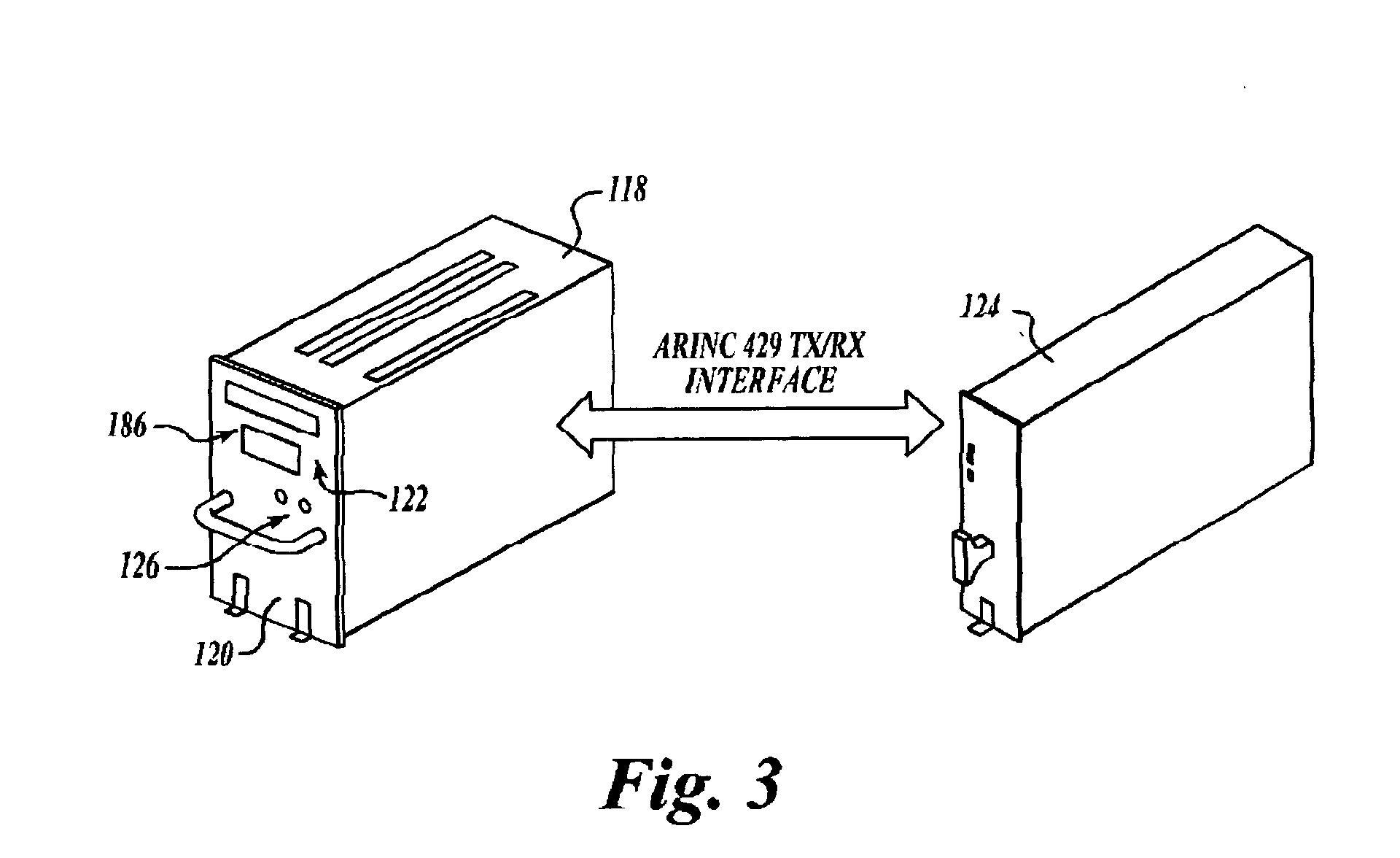Integrated traffic surveillance apparatus
a traffic surveillance and integrated technology, applied in the field ofavionics, can solve the problems of significant interference and garble in mode-a and mode-c transmissions, inherently limited systems, and increase collision potential, so as to reduce aircraft wiring and cabling, the effect of reducing weight and reducing the weigh
- Summary
- Abstract
- Description
- Claims
- Application Information
AI Technical Summary
Benefits of technology
Problems solved by technology
Method used
Image
Examples
Embodiment Construction
[0065] In the Figures, like numerals indicate like elements.
[0066] The present invention is an apparatus and method for combining the functionality of all the systems that operate in the 1 giga-Hz range, i.e., the systems that operate in the approximate range of L-band frequency range of 1000 MHz. Accordingly, the apparatus and method of the present invention combine the functionality of both a Traffic Alert Collision Avoidance System (TCAS) and a Mode-Select (Mode-S) transponder in an integrated L-band traffic surveillance apparatus having a single processor that is embodied in a single Line Replaceable Unit or “LRU.”
[0067] Accordingly, the present invention is a integrated traffic surveillance apparatus embodied in a radio frequency module comprising a L-band radio frequency transmitter and receiver and being structured to interface with a pair of directional antennas for transmitting and receiving Mode Select and collision avoidance interrogation and reply signals; a radio frequ...
PUM
 Login to View More
Login to View More Abstract
Description
Claims
Application Information
 Login to View More
Login to View More - R&D
- Intellectual Property
- Life Sciences
- Materials
- Tech Scout
- Unparalleled Data Quality
- Higher Quality Content
- 60% Fewer Hallucinations
Browse by: Latest US Patents, China's latest patents, Technical Efficacy Thesaurus, Application Domain, Technology Topic, Popular Technical Reports.
© 2025 PatSnap. All rights reserved.Legal|Privacy policy|Modern Slavery Act Transparency Statement|Sitemap|About US| Contact US: help@patsnap.com



